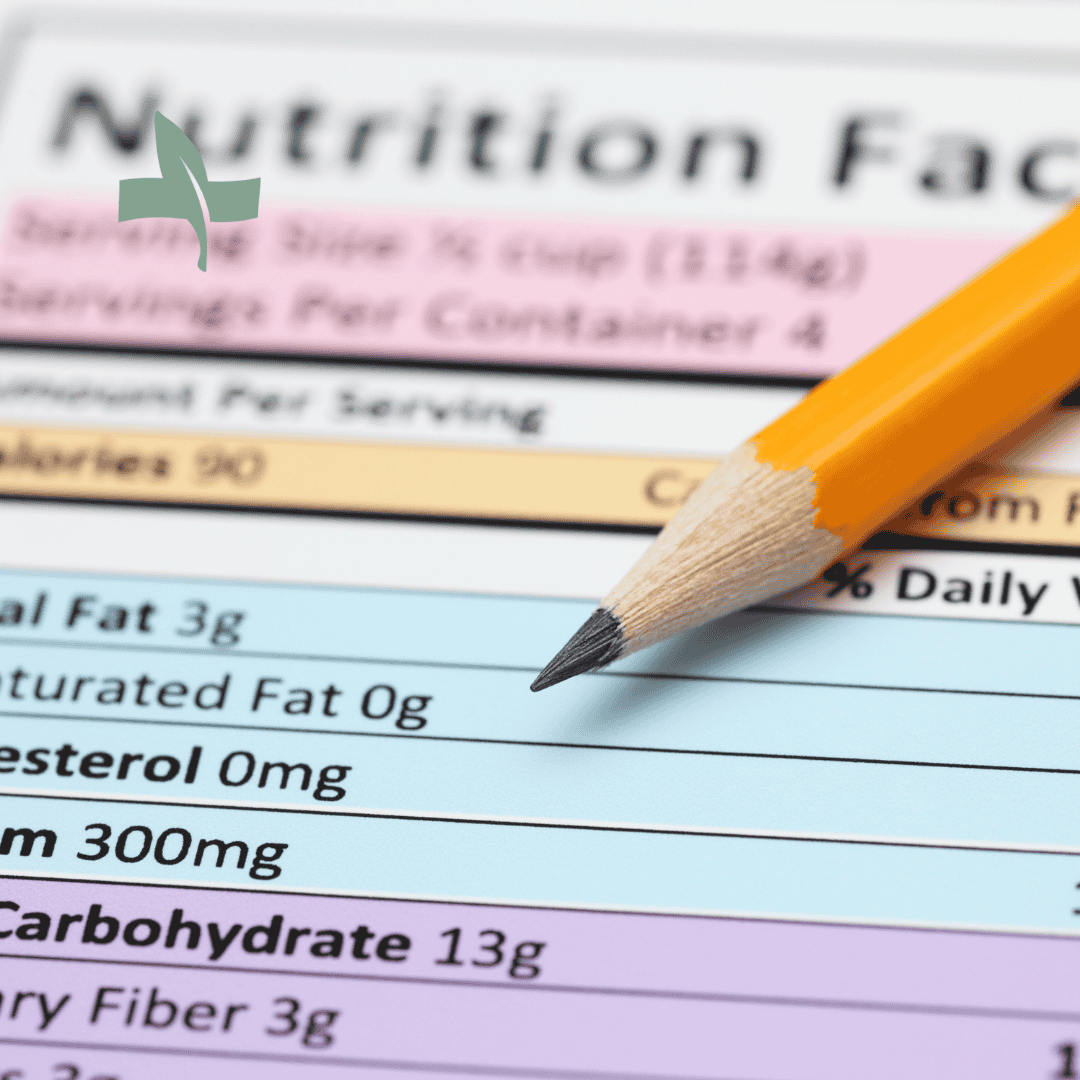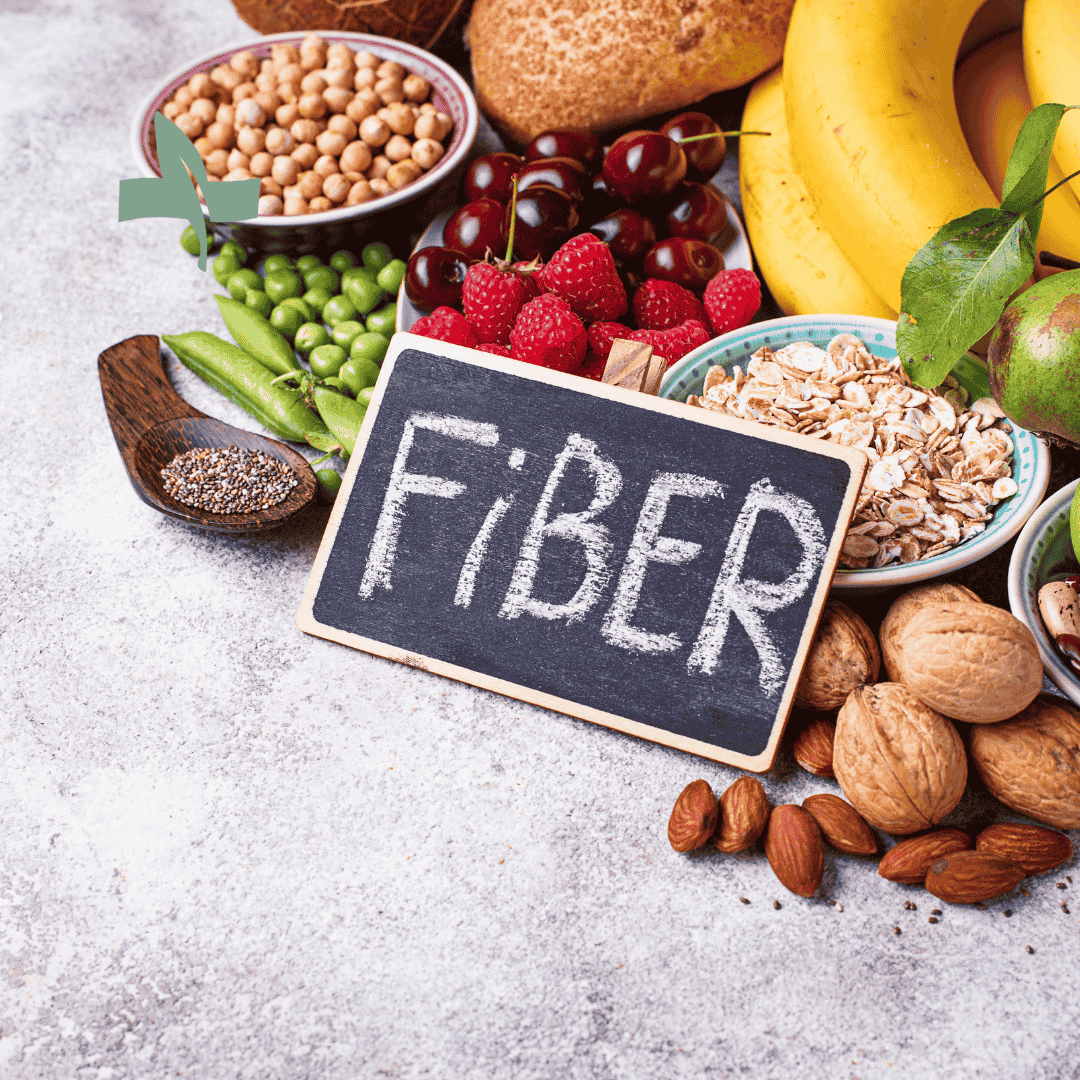Decoding Nutrition Labels for Healthier Choices
Ever flipped a package over and felt overwhelmed by the tiny print? You’re not alone. Food labels can look like nutrition jargon, but once you know what to scan first—serving size, added sugars, hidden sodium—you can spot sneaky ingredients and choose products that truly support your health goals. This step-by-step guide demystifies the Nutrition Facts panel and ingredient list, so you can shop faster, eat smarter, and keep your wellness plan on track.
Why Reading Food Labels Matters
Food marketing can be persuasive—“all-natural,” “light,” or “immune-boosting” often sound healthier than they really are. The Nutrition Facts panel and ingredient list cut through that hype by giving you objective data on what’s inside every bite. Learning to read labels helps you:
Control portions and calories. Serving sizes aren’t standardized across brands; checking them prevents accidental overeating.
Spot hidden sugars and sodium. Added sugars and salt hide under dozens of names; the label shows their exact grams per serving.
Compare nutrient quality. Fiber, protein, vitamins, and healthy fats jump out when you know which numbers to prioritize.
Avoid unwanted additives. Ingredient lists are ordered by weight—so you can quickly tell if real food or fillers dominate the product.
Meet personal health goals. Whether you’re managing blood pressure, blood sugar, or weight, label literacy lets you tailor choices to your needs.
Bottom line: Reading food labels turns a grocery run into a fact-finding mission, empowering you to choose products that align with your wellness goals rather than clever marketing slogans.
Nutrition Facts 101
The Nutrition Facts panel follows a predictable layout in the U.S., so once you know where to look, interpreting any package takes less than a minute. Scan the panel in this order:
Serving Size
Found at the very top. All numbers below it refer to this portion—sometimes just two cookies or three–quarters of a cup. If you eat double, remember to double every value that follows.
Calories per Serving
The big, bold number. Use it to calibrate snacks or meals with your daily energy target. Calories add up quickly when packages contain multiple servings.
Macronutrients
Total Fat (with saturated and trans fats listed separately). Aim for minimal trans fat and keep saturated fat within recommended limits.
Total Carbohydrate breaks down into fiber, total sugars, and added sugars. Higher fiber and lower added sugar are best.
Protein helps with satiety and muscle repair; useful for meal planning.
Added Sugars
A newer line on U.S. labels that isolates sugars not naturally occurring in the food. Dietary guidelines suggest limiting added sugars to less than 10 % of total daily calories.
Fiber
Look for at least 3 g per serving in breads, cereals, and snacks to support digestion and steady blood-sugar response.
Sodium
Processed foods are a hidden salt mine. Adults generally benefit from staying under 2,300 mg per day; aim for single-serve items under 300 mg when possible.
Percent Daily Value (%DV)
Located on the right side, these percentages are based on a 2,000-calorie diet. Use them for quick context: 5 % DV or less is “low,” 20 % DV or more is “high.” Focus on high %DV for fiber, vitamins, and minerals, but low %DV for saturated fat, sodium, and added sugar.
Ingredient List (usually below the panel)
Ingredients appear by weight from highest to lowest. Short lists with whole-food names (e.g., “oats, almonds, honey”) generally indicate a less processed product. Watch for multiple sugar aliases—like cane juice, malt syrup, or fructose—appearing early in the list.
Added Sugars vs. Natural Sugars
What Counts as Added Sugar?
Added sugars are sweeteners manufacturers blend into foods during processing—think cane sugar, corn syrup, agave, honey, maple syrup, and fruit-juice concentrates. They boost flavor and shelf life but add calories with zero fiber or significant micronutrients.
Natural Sugars in Whole Foods
Whole fruits, plain dairy, and vegetables contain naturally occurring sugars bound with fiber, water, or protein. Because these nutrients slow digestion, natural sugars have a gentler impact on blood glucose and contribute vitamins, minerals, and antioxidants.
How to Find Added Sugars on Labels
Check the “Added Sugars” line under Total Carbohydrates in the Nutrition Facts panel.
Scan the ingredient list for sugar aliases: sucrose, barley malt, brown rice syrup, evaporated cane juice, and anything ending in “-ose.” The closer these appear to the top, the more the product contains.
Smart Swaps to Cut Added Sugar
Choose plain yogurt or oatmeal and sweeten with fresh fruit instead of flavored varieties.
Replace sugary sodas with sparkling water plus a splash of 100 % juice.
Opt for unsweetened nut butters and add cinnamon or vanilla for flavor.
Serving Size Matters
A label’s serving size is the ground zero for every calorie and nutrient listed below it—but that number often reflects what a manufacturer thinks you’ll eat, not what you actually pour or scoop.
Key points to remember
Manufacturer-set, not government-standard. Companies decide serving sizes based on typical consumption studies, so the same product type can list wildly different portions across brands.
Multiplier effect. Eat double the listed serving and you double calories, sodium, added sugars—everything. Cereal is a classic culprit: one “serving” may be ¾ cup while most people fill an entire bowl.
Visual cues help. If measuring cups aren’t handy, picture household items: ½ cup equals a tennis ball, 3 oz meat looks like a deck of cards.
Beware small packages. Single-serve snack bags and bottled drinks often contain two or more servings, sneaking in extra sugar and salt.
Track real-world portions. For one week, portion your usual servings onto a kitchen scale or measuring cup—then compare to label servings to reveal hidden caloric creep.
Ingredient List Red Flags
Learning to spot questionable ingredients can keep excess sugars, unhealthy fats, and synthetic additives out of your cart.
Common warning signs
Sugar in the top three spots – If any form of sugar (cane sugar, corn syrup, dextrose, malt syrup) appears early in the list, the product is likely dessert in disguise.
Multiple sweeteners scattered throughout – Manufacturers sometimes list several sugars in small amounts to keep any single one from topping the list.
Hydrogenated or partially hydrogenated oils – These signal trans fats, which are linked to heart disease even in tiny amounts.
Artificial colors and dyes – Look for Red 40, Yellow 5, Blue 1; they add no nutrition and may aggravate sensitivities in some individuals.
MSG and “natural flavors” catch-all – Monosodium glutamate isn’t harmful for most people, but if you’re watching sodium or have sensitivities, note it. “Natural flavors” can hide dozens of chemical compounds—worth a second look if you prefer minimally processed foods.
Long chemical names – BHA, BHT, and propyl gallate are preservatives some consumers choose to limit due to potential endocrine-disrupting concerns.
Carrageenan and gums – These thickeners can cause digestive upset for sensitive individuals; watch for them in plant milks and deli meats.
Takeaway
Mastering food labels turns every grocery trip into an informed decision rather than a marketing gamble. Start by checking serving size to keep portions honest, then scan for added sugars, sodium, and fiber to gauge overall nutrient quality. Finally, skim the ingredient list—prioritizing products with whole-food ingredients and minimal artificial additives.
These three quick steps help you sidestep hidden calories, control sugar and salt intake, and align everyday purchases with your long-term health goals. Consistent label reading soon becomes second nature—and your pantry will show the difference.
related blogs




